
| General information | |
|---|---|
| Brand | Toyota |
| Model | 4Runner |
| Generation | 4Runner VI |
| Modification (Engine) | 2.4 i-FORCE (278 Hp) 4WD ECT-i |
| Start of production | December, 2024 year |
| Powertrain Architecture | Internal Combustion engine |
| Body type | SUV |
| Seats | 5-7 |
| Doors | 5 |
| Performance specs | |
| Fuel consumption (economy) – urban (EPA) | 12.4 l/100 km 18.97 US mpg 22.78 UK mpg 8.06 km/l |
| Fuel consumption (economy) – extra urban (EPA) | 9.4 l/100 km 25.02 US mpg 30.05 UK mpg 10.64 km/l |
| Fuel consumption (economy) – combined (EPA) | 11.2 l/100 km 21 US mpg 25.22 UK mpg 8.93 km/l |
| Fuel Type | Petrol (Gasoline) |
| Weight-to-power ratio | 7.6 kg/Hp, 130.8 Hp/tonne |
| Weight-to-torque ratio | 4.9 kg/Nm, 202.4 Nm/tonne |
| Engine specs | |
| Power | 278 Hp @ 6000 rpm. |
| Power per litre | 116.2 Hp/l |
| Torque | 430 Nm @ 1700 rpm. 317.15 lb.-ft. @ 1700 rpm. |
| Engine layout | Front, Longitudinal |
| Engine Model/Code | Dynamic Force / T24A-FTS |
| Engine displacement | 2393 cm3 146.03 cu. in. |
| Number of cylinders | 4 |
| Engine configuration | Inline |
| Cylinder Bore | 87.5 mm 3.44 in. |
| Piston Stroke | 99.5 mm 3.92 in. |
| Compression ratio | 11:1 |
| Number of valves per cylinder | 4 |
| Fuel injection system | Direct injection and Multi-port manifold injection |
| Engine aspiration | Twin-scroll turbo, Intercooler |
| Valvetrain | DOHC, Dual VVT-i |
| Engine oil capacity | 5.6 l 5.92 US qt | 4.93 UK qt |
|
|
|
| Space, Volume and weights | |
| Kerb Weight | 2125-2200 kg 4684.82 – 4850.17 lbs. |
| Max. weight | 2756-2901 kg 6075.94 – 6395.61 lbs. |
| Max load | 631-701 kg 1391.12 – 1545.44 lbs. |
| Trunk (boot) space – minimum | 343 l 12.11 cu. ft. |
| Trunk (boot) space – maximum | 2554 l 90.19 cu. ft. |
| Fuel tank capacity | 72 l 19.02 US gal | 15.84 UK gal |
| Permitted trailer load with brakes (12%) | 2722 kg 6000.98 lbs. |
| Dimensions | |
| Length | 4950 mm 194.88 in. |
| Width | 1979 mm 77.91 in. |
| Height | 1844-1869 mm 72.6 – 73.58 in. |
| Wheelbase | 2850 mm 112.2 in. |
| Front track | 1666-1687 mm 65.59 – 66.42 in. |
| Rear (Back) track | 1669-1689 mm 65.71 – 66.5 in. |
| Ride height (ground clearance) | 206-231 mm 8.11 – 9.09 in. |
| Minimum turning circle (turning diameter) | 12 m 39.37 ft. |
| Approach angle | 18-19° |
| Departure angle | 22-24° |
| Ramp-over (brakeover) angle | 23-24° |
| Drivetrain, brakes and suspension specs | |
| Drivetrain Architecture | The Internal combustion engine (ICE) drives the rear wheels permanently, and the front wheels are driven through an electrically or mechanically operated clutch if necessary. |
| Drive wheel | All wheel drive (4×4) |
| Number of gears and type of gearbox | 8 gears, automatic transmission ECT-i |
| Front suspension | Coil spring, Double wishbone, Transverse stabilizer |
| Rear suspension | Rigid axle suspension, Transverse stabilizer, Coil spring |
| Front brakes | Ventilated discs, 340 mm |
| Rear brakes | Ventilated discs, 335 mm |
| Assisting systems | ABS (Anti-lock braking system) |
| Steering type | Steering rack and pinion |
| Power steering | Electric Steering |
| Tires size | 265/70 R17; 245/70 R18; 265/70 R18; 265/55 R20 |
| Wheel rims size | 17; 18; 20 |

 Specifications: Alfa Romeo Giulietta (116) 2.0 Turbo (170 Hp) /1983, 1984/
Specifications: Alfa Romeo Giulietta (116) 2.0 Turbo (170 Hp) /1983, 1984/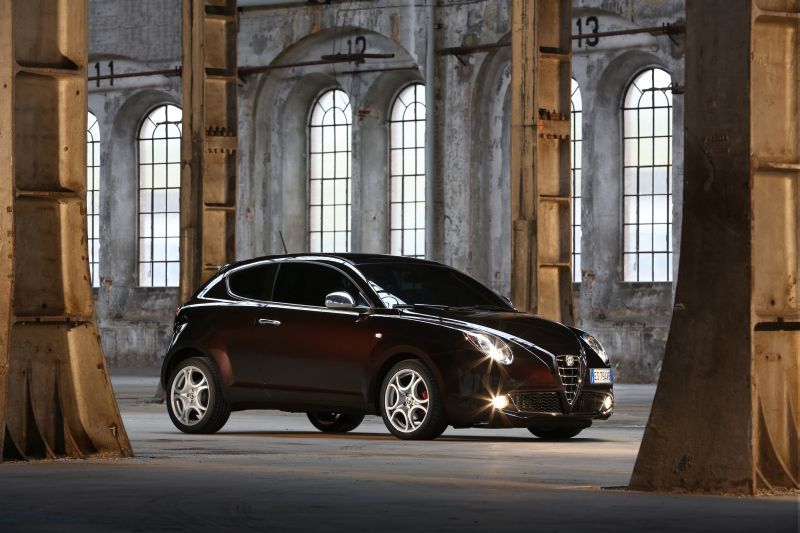 Specifications: Alfa Romeo MiTo (facelift 2013) 1.4 (70 Hp) /2013, 2014, 2015, 2016/
Specifications: Alfa Romeo MiTo (facelift 2013) 1.4 (70 Hp) /2013, 2014, 2015, 2016/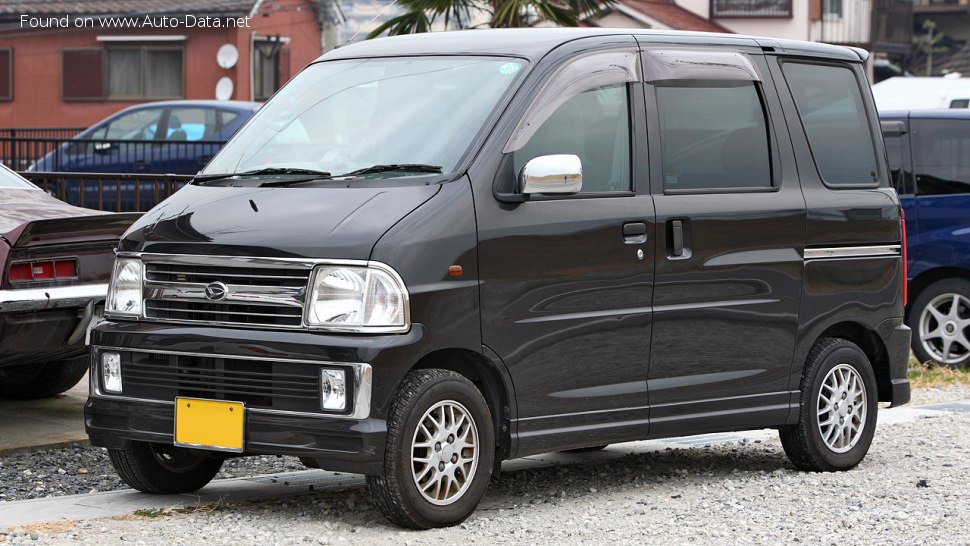 Specifications: Daihatsu Atrai/extol 0.7 i V12 (48 Hp) Automatic /1999, 2000, 2001, 2002, 2003, 2004, 2005
Specifications: Daihatsu Atrai/extol 0.7 i V12 (48 Hp) Automatic /1999, 2000, 2001, 2002, 2003, 2004, 2005 Specifications: Opel Campo Double Cab 3.1 TD (109 Hp) 4×4 1992, 1993, 1994, 1995, 1996, 1997, 1998, 1999, 2000, 2001
Specifications: Opel Campo Double Cab 3.1 TD (109 Hp) 4×4 1992, 1993, 1994, 1995, 1996, 1997, 1998, 1999, 2000, 2001 Specifications: Opel Campo Single Cab 2.3 (98 Hp) 1994, 1995
Specifications: Opel Campo Single Cab 2.3 (98 Hp) 1994, 1995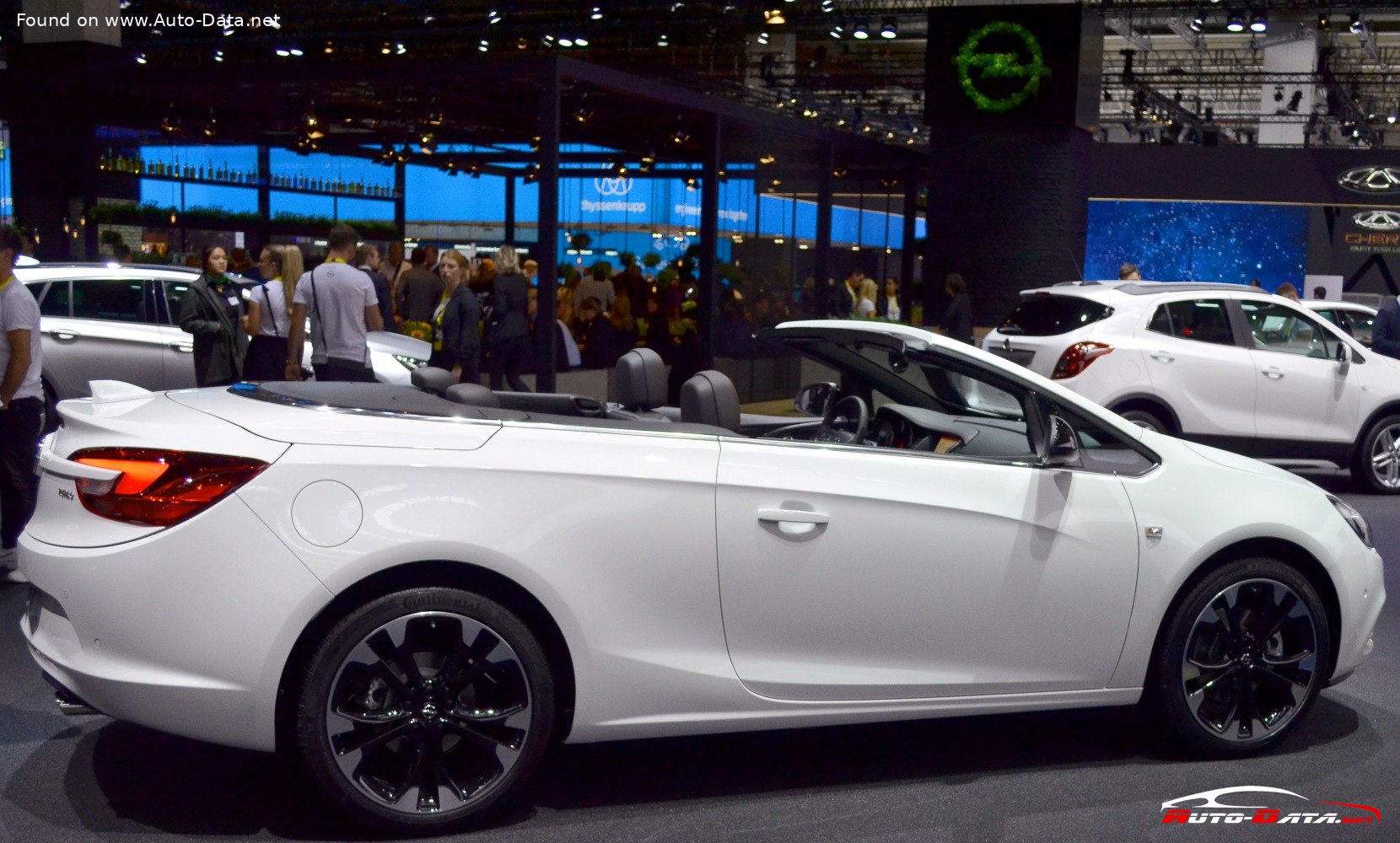 Specifications: Opel Cascada 2.0 CDTI (165 Hp) Ecotec startstop 2013, 2014, 2015
Specifications: Opel Cascada 2.0 CDTI (165 Hp) Ecotec startstop 2013, 2014, 2015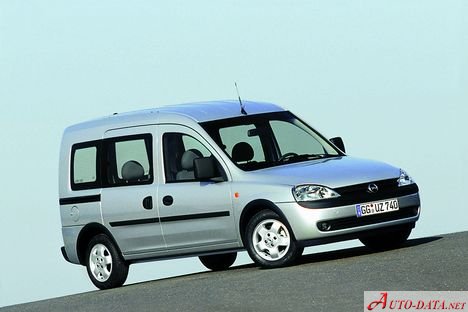 Specifications: Opel Combo Tour B 1.4i (60 Hp) 1993, 1994, 1995, 1996, 1997, 1998, 1999, 2000, 2001
Specifications: Opel Combo Tour B 1.4i (60 Hp) 1993, 1994, 1995, 1996, 1997, 1998, 1999, 2000, 2001 Specifications: Opel Vectra C Caravan (facelift 2005) 2.8i V6 24V Turbo (250 Hp) 2006, 2007, 2008
Specifications: Opel Vectra C Caravan (facelift 2005) 2.8i V6 24V Turbo (250 Hp) 2006, 2007, 2008 Specifications: Opel Vectra C (facelift 2005) 1.8i 16V (140 Hp) Automatic 2005, 2006, 2007, 2008
Specifications: Opel Vectra C (facelift 2005) 1.8i 16V (140 Hp) Automatic 2005, 2006, 2007, 2008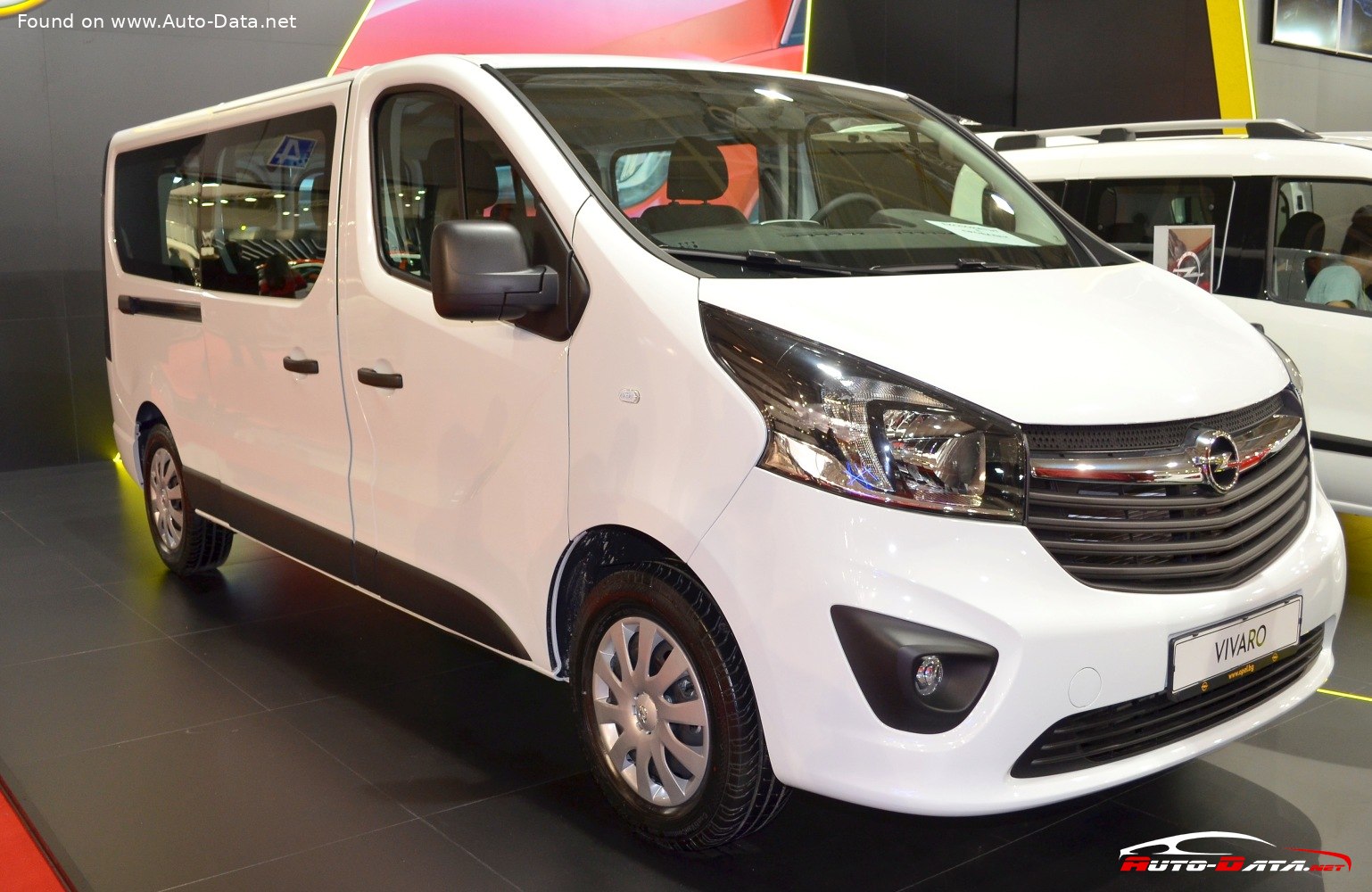 Specifications: Opel Vivaro B 1.6 CDTI BiTurbo (125 Hp) startstop 2015, 2016, 2017, 2018
Specifications: Opel Vivaro B 1.6 CDTI BiTurbo (125 Hp) startstop 2015, 2016, 2017, 2018 Specifications: Kia Retona (CE) 2.0 D (87 Hp) 1997, 1998, 1999, 2000, 2001, 2002, 2003
Specifications: Kia Retona (CE) 2.0 D (87 Hp) 1997, 1998, 1999, 2000, 2001, 2002, 2003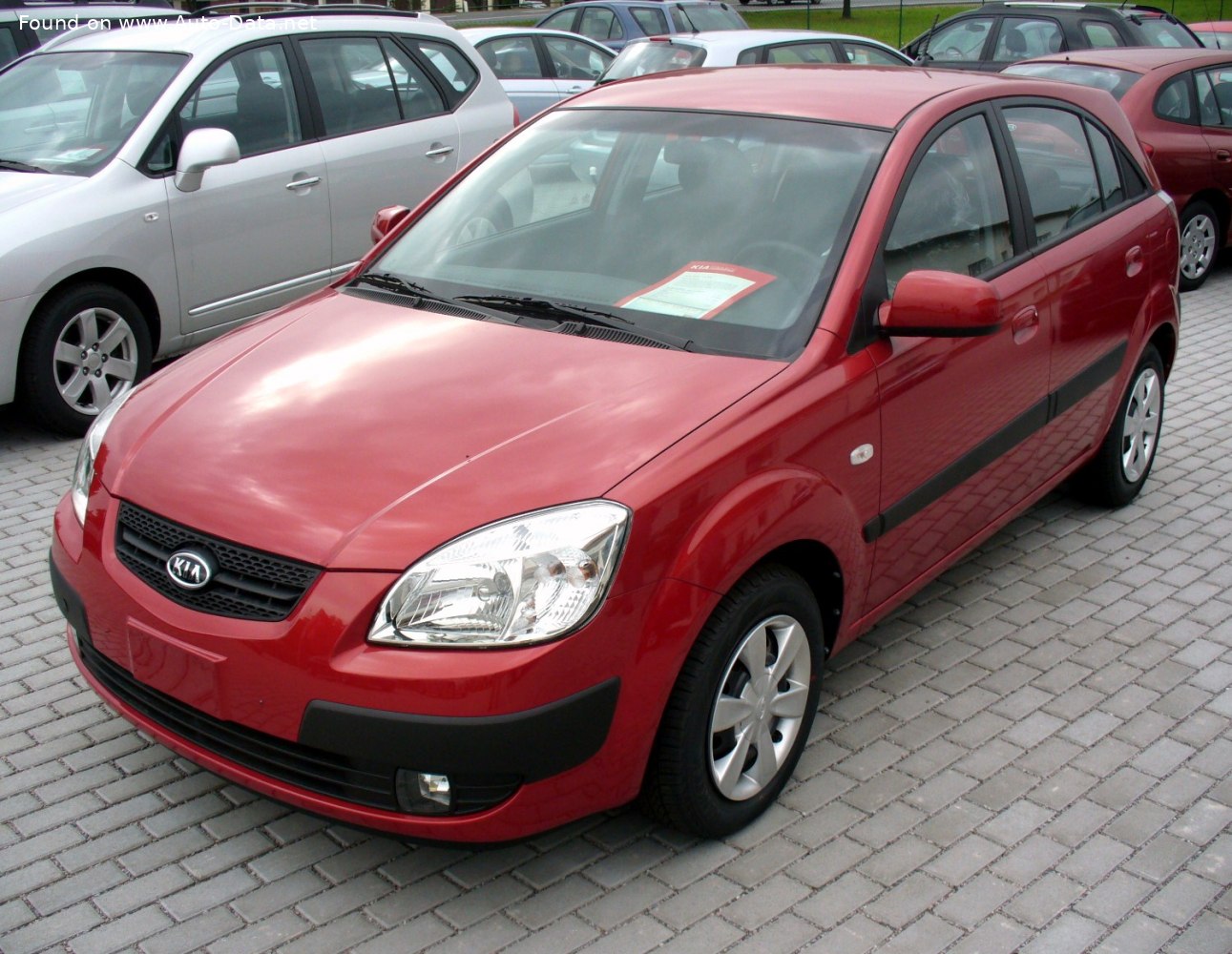 Specifications: Kia Rio II Hatchback (JB) 1.4 i 16V (97 Hp) Automatic 2005, 2006, 2007, 2008, 2009
Specifications: Kia Rio II Hatchback (JB) 1.4 i 16V (97 Hp) Automatic 2005, 2006, 2007, 2008, 2009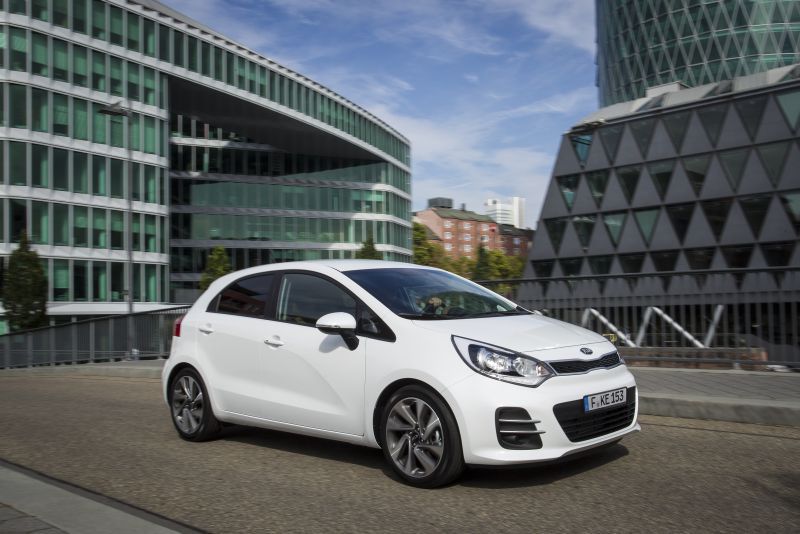 Specifications: Kia Rio III Hatchback (UB, facelift 2015) 1.2 (84 Hp) ISG 2015, 2016, 2017
Specifications: Kia Rio III Hatchback (UB, facelift 2015) 1.2 (84 Hp) ISG 2015, 2016, 2017 Specifications: Toyota Tundra I Access Cab (facelift 2002) SR5 4.7i V8 (282 Hp) 2005, 2006
Specifications: Toyota Tundra I Access Cab (facelift 2002) SR5 4.7i V8 (282 Hp) 2005, 2006 Specifications: Toyota Tundra I Regular Cab (facelift 2002) SR5 4.7i V8 (240 Hp) 4×4 Automatic 2002, 2003, 2004
Specifications: Toyota Tundra I Regular Cab (facelift 2002) SR5 4.7i V8 (240 Hp) 4×4 Automatic 2002, 2003, 2004 Specifications: Toyota Tundra II Double Cab 4.0 V6 24V (236 Hp) Automatic 2006, 2007, 2008, 2009
Specifications: Toyota Tundra II Double Cab 4.0 V6 24V (236 Hp) Automatic 2006, 2007, 2008, 2009